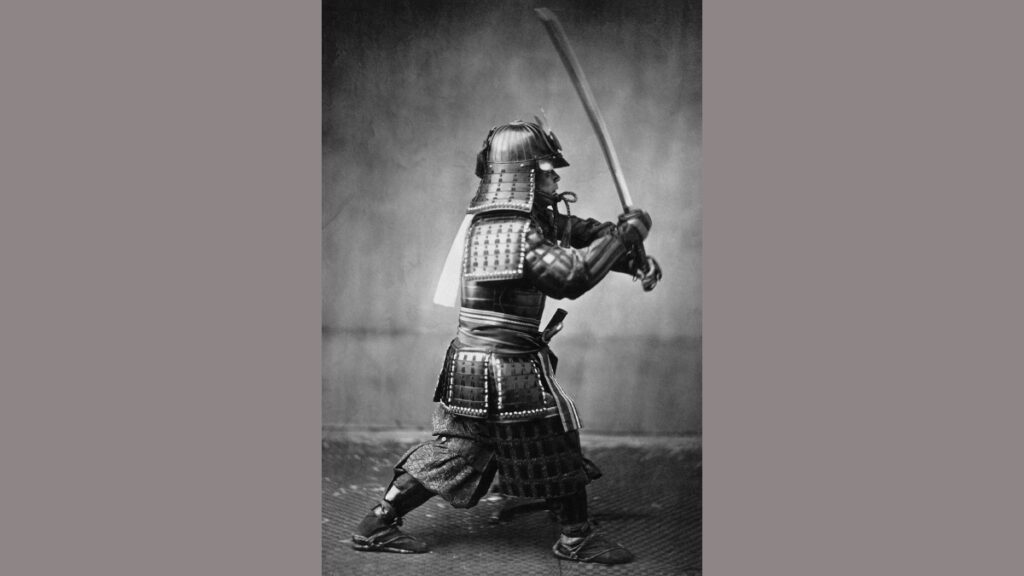Four newly translated Japanese texts provide valuable insight into the samurai beheading ritual, especially during the Edo period (1603 to 1868). Contrary to popular belief that samurai usually committed suicide by self-inflicted wounds, these texts reveal that beheading by samurai was a more typical practice at the time.
The significance of the inner secrets of Seppuku
The oldest of these texts, The Inner Secrets of Seppuku, dates from the 17th century and contains teachings that were traditionally passed down orally. Mizushima Yukinari, the author, emphasized the importance of these lessons to ensure that the samurai would be well prepared. The translations were completed by Eric Shahan, an expert on martial arts texts and a practitioner of Kobuda.
Variations in ceremony based on rank
The documents shed light on how the execution ceremony differed depending on the rank of the condemned. For example, high-ranking samurai received elaborate treatment, including being offered sake before execution. In many cases, the kaishaku, or others, would quickly decapitate the convict after showing him the knife. One key instruction recorded in the texts is for the kaishaku to focus on the eyes and feet of the condemned to maintain their martial composure.
Differences in the treatment of samurai
The texts (via Live Science ) also highlight a clear difference in the treatment of high-ranking versus low-ranking samurai. While high-ranking individuals were often treated with great respect, those of lower rank faced harsher methods of execution, such as tying before beheading and unceremonious decapitation.
The case of Oda Nobunaga
Oda Nobunaga, the famous daimyo, exemplifies the complexity of samurai rituals. His forced choice of Seppuku after betrayal raises questions about the ceremonial behavior he may have experienced. The nuances revealed in these texts challenge existing perceptions of samurai culture and its rituals, highlighting the rich tapestry of tradition and hierarchy.


